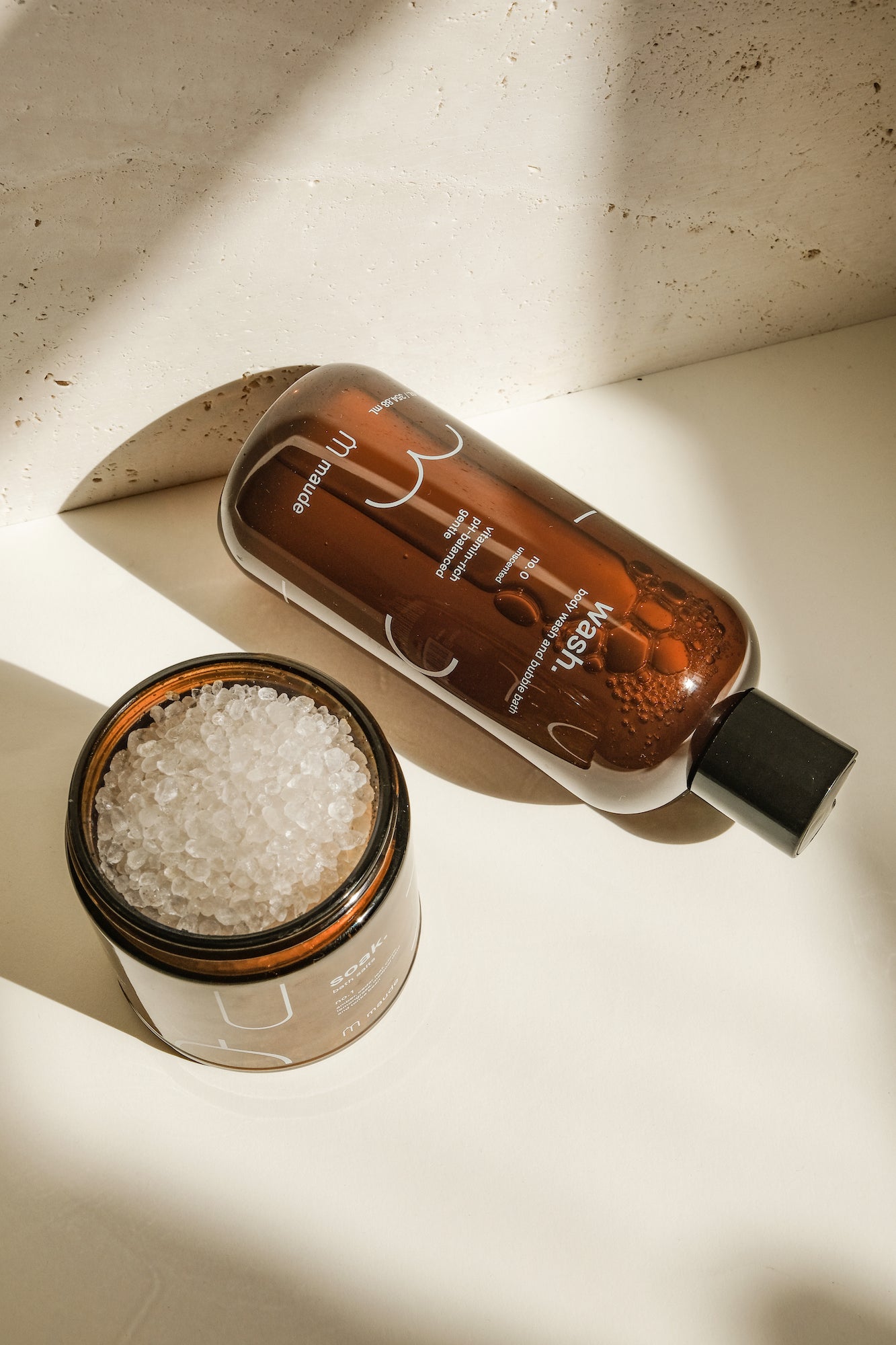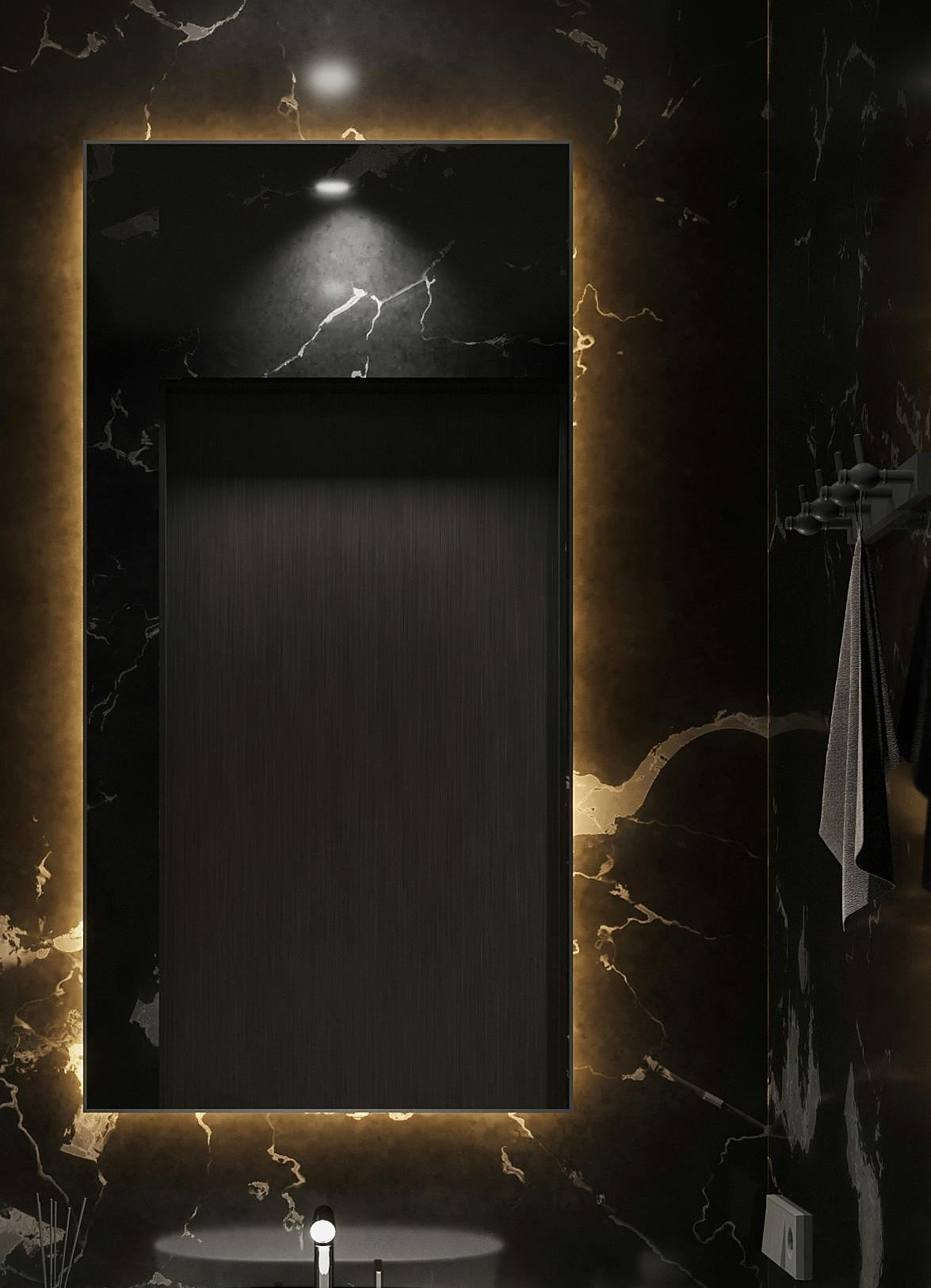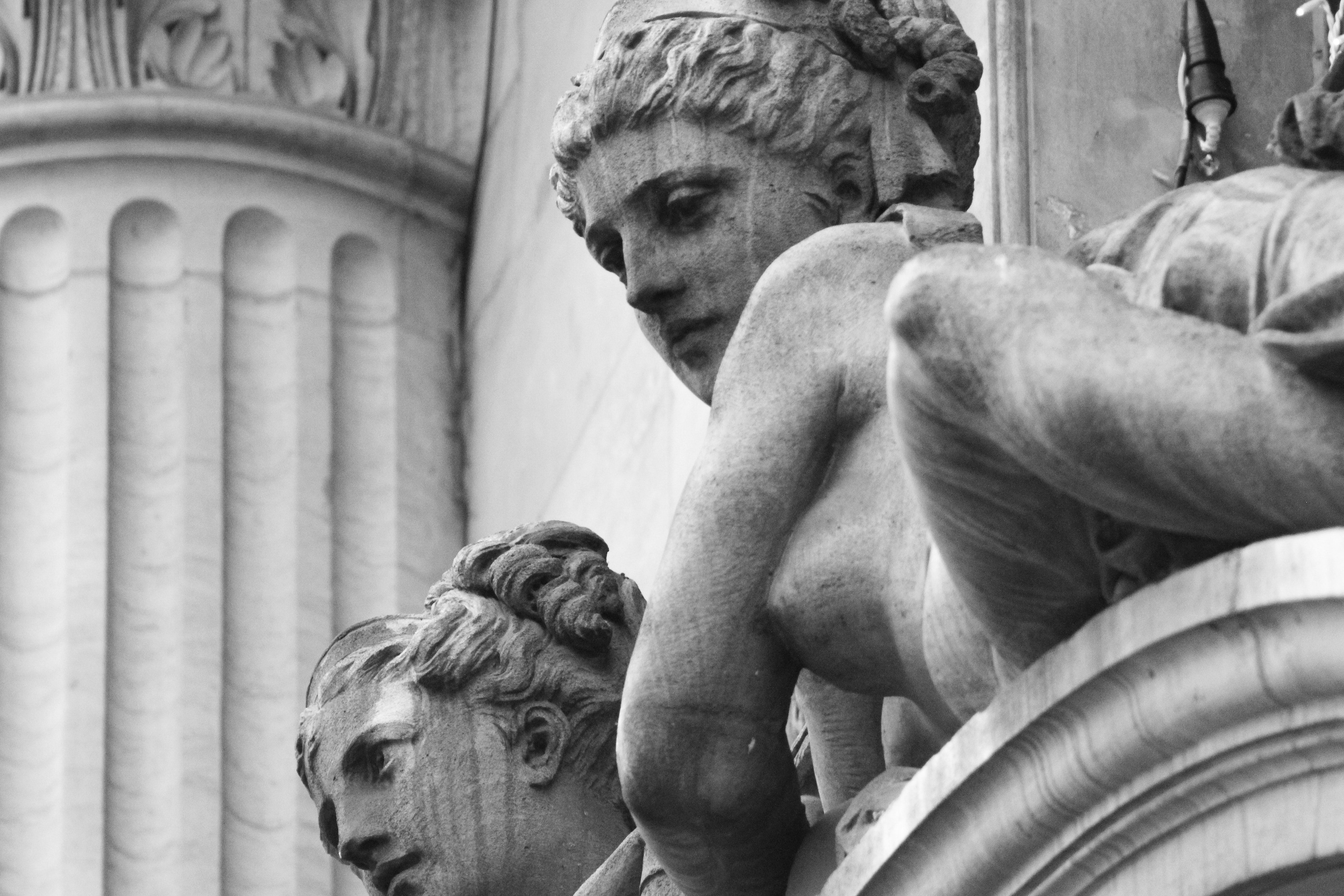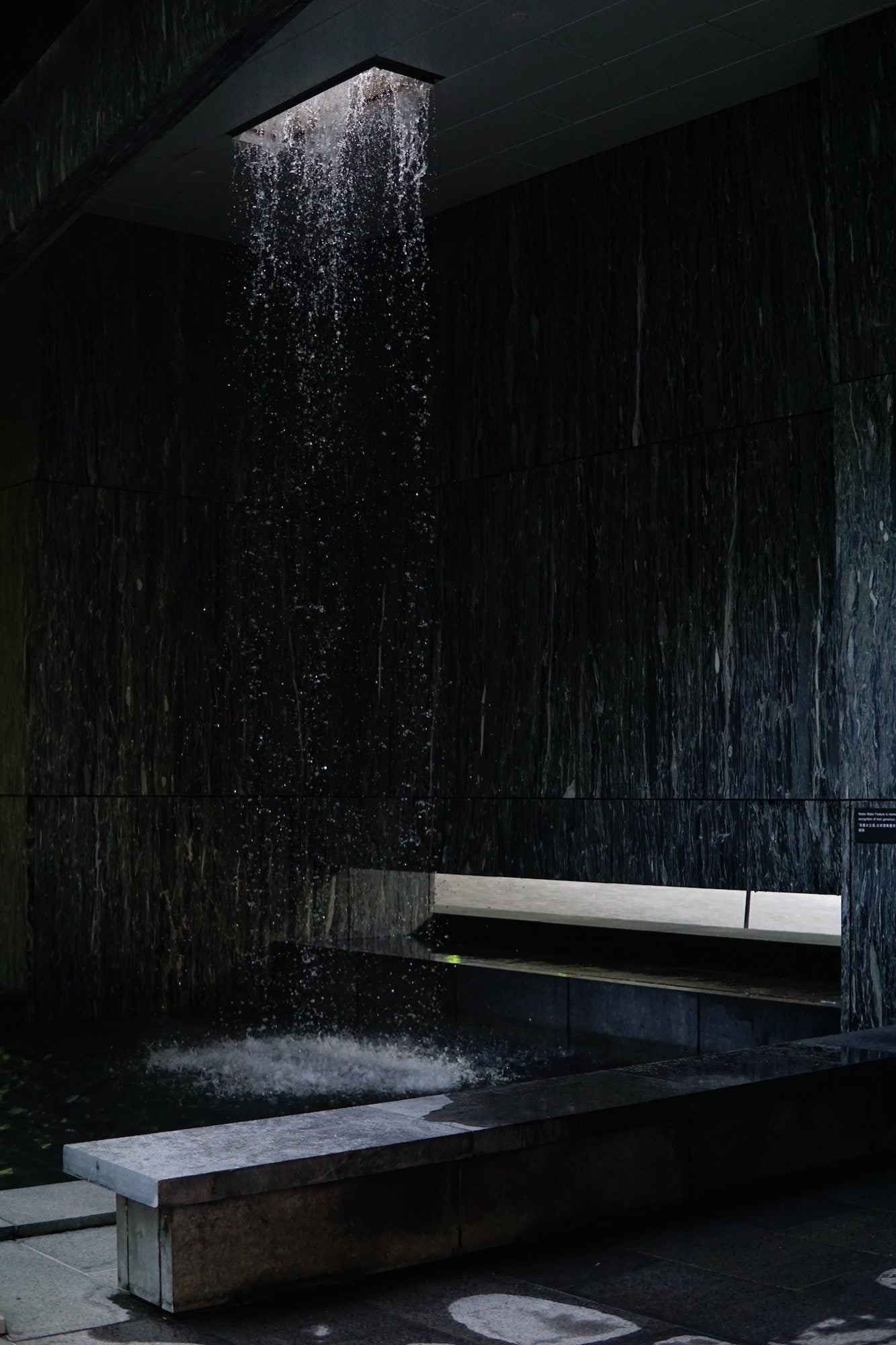the history of bathing.
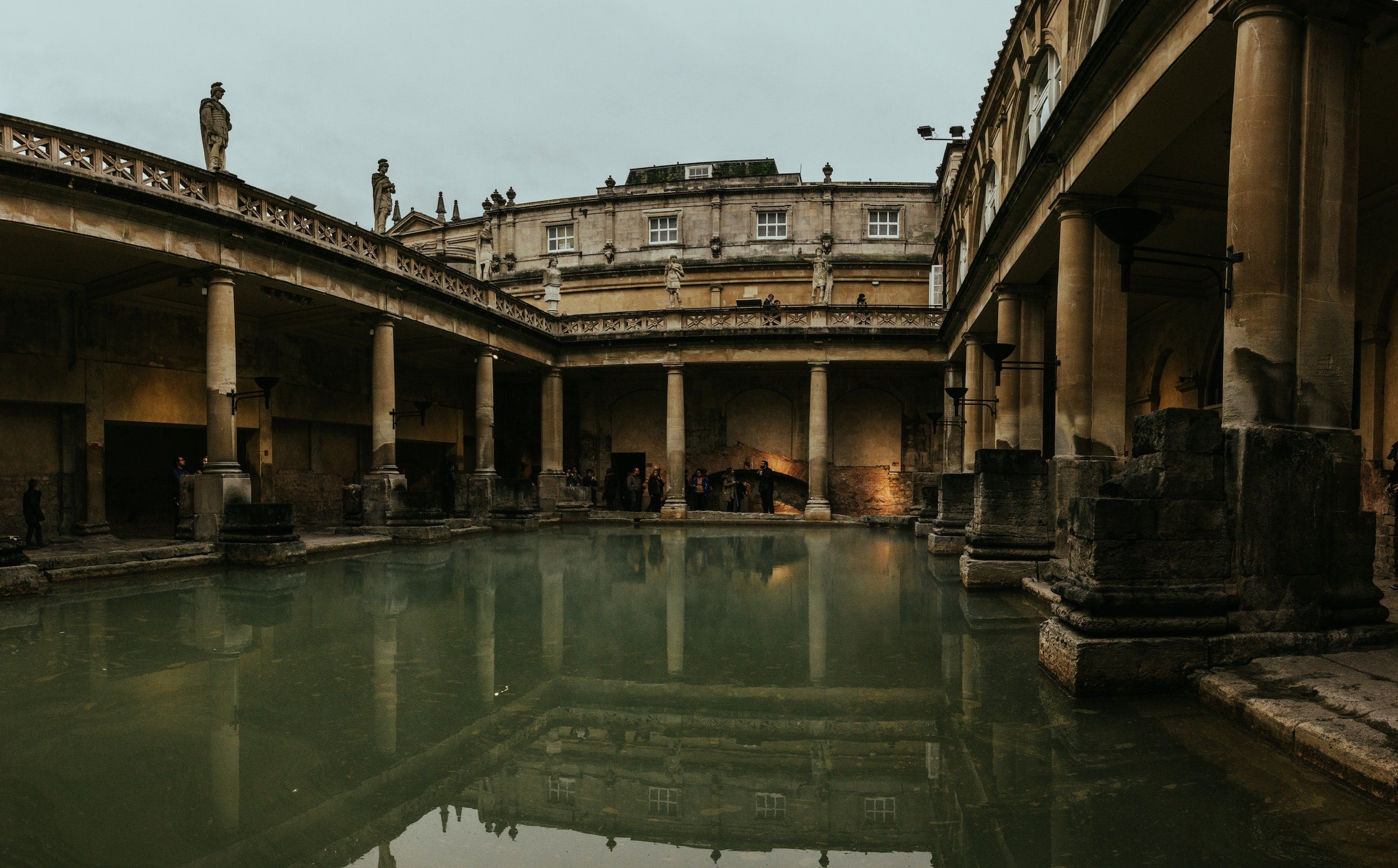
On the cultural influences surrounding baths as we know them today.
While the pleasure of bathing unites people all over the world, many cultures are historically responsible for cultivating the experiences that surround baths as we know them today. Stereotypically, baths are associated with relaxation, romance, and self-care. They also happen to be one of the most effective tools for self-healing, in both physical and mental capacities. The act of immersing the entire body in hot water almost immediately works to release tension, remove toxins from the skin and body, and allows the joints and muscles to heal.
Now, bathing is incredibly versatile and accessible—there are hundreds of options for modifying the ritual in order to experience holistic aspects, escape or add serenity to our daily lives. Solo or with a partner, this ritual can be highly transformative in regards to healing the body, mind, and spirit. But baths, as we may know them in modern-day, were really cultivated from a long history of association with various countries and traditions.
Greeks & Roman Baths
Baths date back to the Greeks and Romans, who were leaders in crafting many elaborate and expensive bathhouses across Europe. From 500 BC through 455 AD, the Roman empire was championed for their daily bathing rituals. Some were built to accommodate as many as 6,000 bathers at one time, so these bathhouses naturally became places to meet, conduct business, socialize, and gossip. Some of these public baths were so grandiose that they were filled with lecture halls, art galleries, and even meditation rooms.
They also had many separate rooms for people to enjoy their “private business,” as they called it. Even larger bathhouses existed that combined entertainment, social activities, and physical fitness into the practice of bathing. As these bathing quarters became more and more popular, the Romans figured out how to erect aqueducts to feed water into them. All across Europe, you can still see remnants of these magical spaces.
Turkish Baths
Other cultures also picked up on this bathing tradition with their own take on the regimen. The Turks developed extremely hot baths associated with the culture of the Ottoman Empire and more widely the Islamic world, which still are known as Turkish baths or steam baths. Built very artistically, these baths were richly decorated with hand-woven carpets, tapestries and ornate columns of gold and silver. The success of Turkish bathing was short-lived, but the tradition of bathing has remained an essential part of their culture. Today, you can find modern versions of the Turkish bath (or hamam) where visitors lie on a stone slab, are scrubbed for exfoliation, then massaged with oils, washed clean with hot water and then submerged in a bath for detoxing.
Japanese Baths
For centuries, Japan has also been known for its bathing culture that was early-on established for spiritual pursuits that involved ritual purification. With a charm, all its own, the history of Japanese bathing dates back to the 6th century when their custom was created to cleanse the body, mind, and spirit. This tradition lives on today within Japanese culture.
Scandinavian Baths
Scandinavians have long been known for their extraordinary sauna culture, which was essentially born from the origins of their early bathing rituals. Researchers say that the Finns were the first to create the ‘sweat bath,’ which was the simplest way to detox and relax the body within a pool of hot water.
Later, the sauna was created in many of the backwoods areas of Finland, Norway, and Sweden. European travelers started taking interest in this tradition, which this area of the world has become known for today. The modern-day versions are still often set in nature—within deep forests and mountains—with rustic and minimal installations.
The Modern Bathtub
Made from hard pottery and measuring five feet long, the first known pedestal tub was built on the island of Crete. In appearance, it resembles what our modern-day 19th-century claw-foot tubs look like. Later in 1883, John Michael Kohler invented the world’s first true bathtub in America. Structured out of a cast-iron horse trough, he added four decorative feet to the bottom and covered the trough in enamel finish. Over time, the popular claw-foot tub seemed to slowly morph into the modern built-in tub. This enclosed style provided easier maintenance for homes and bathrooms, and with these updates emerged new ranges of stylistic options and design models for creative homeowners. Our modern baths are built with a variety of materials, colors, tiles, and options. Though today, bath trends seem to be shifting back to the original elegance of the pure white, luxurious soaking tub that offers a minimalistic backdrop for relaxation, romance, and rejuvenation.
